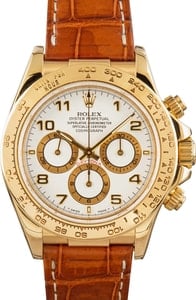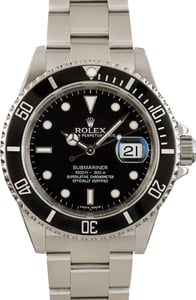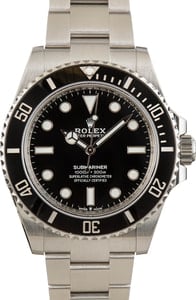Rolex brand watches not only embody elegance and style but also boast remarkable accuracy. In an industry where every second counts, Rolex has consistently set the standard for reliability and overall performance. However, for many Rolex enthusiasts and potential buyers, an important question remains: just how accurate are Rolexes? In this article, we will explore Rolex’s commitment to precision, exploring the factors that contribute to the accuracy of their watches and examine how they measure up against industry standards and three of their main competitors.
Through an in-depth look at Rolex’s stringent testing processes, innovative technologies, and real-world performance, we aim to provide a comprehensive understanding of what makes a Rolex watch so accurate. Whether you are a long-time collector or a first-time buyer, this article will equip you with the knowledge to appreciate the true value of a Rolex timepiece. By the end of this article, you’ll have a clear understanding of how accurate Rolexes really are.
Rolex’s Commitment to Precision
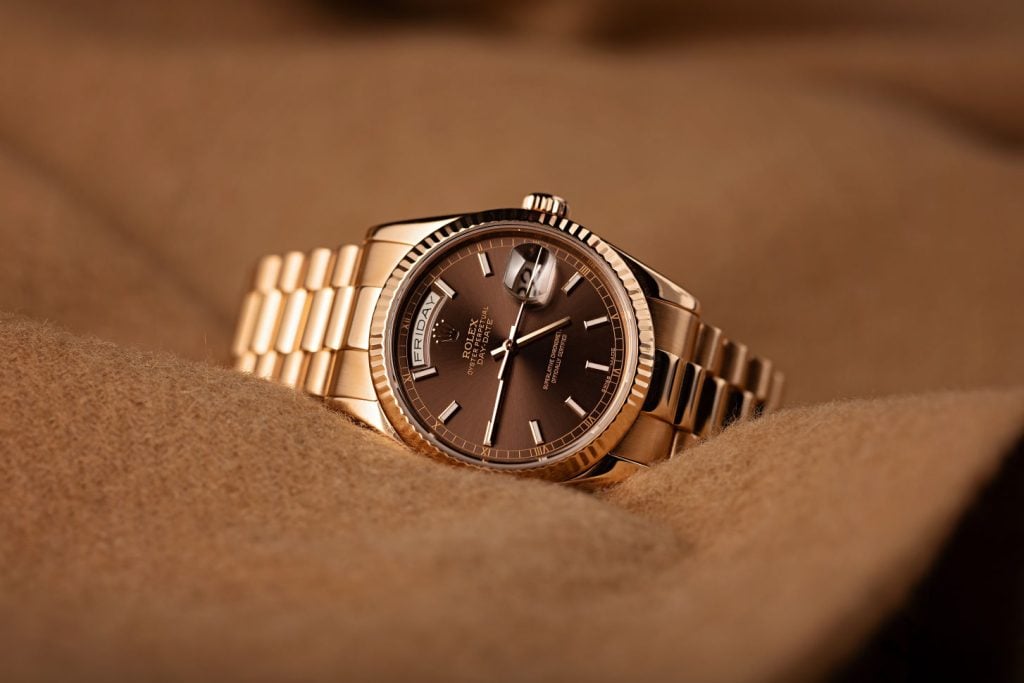
Rolex’s dedication to accuracy is evident in every aspect of their watchmaking processes, from the design and development of movements to the rigorous testing and quality control measures they implement.
One of the key factors contributing to Rolex’s accuracy is the company’s in-house movement development and manufacturing. By keeping the entire production process within the privately owned company, Rolex maintains strict control over the quality and performance of all its timepieces. Rolex’s state-of-the-art facilities in Switzerland and highly skilled craftsmen work in unison to create movements that are not only reliable but also incredibly precise. This commitment to in-house production and the use of premium materials are among the primary reasons why Rolex watches are so expensive.
Rolex’s pursuit of precision has led to numerous innovations in watchmaking technology. The company has pioneered the use of materials such as the paramagnetic Parachrom hairspring, which offers greater resistance to shocks and temperature variations. Additionally, Rolex has developed its own lubricants to minimize friction and ensure optimal performance of its movements.
To guarantee the accuracy of its watches, Rolex subjects each timepiece to a series of stringent tests and quality control measures. Every movement undergoes a meticulous testing process, including a test for accuracy in six different positions and at three different temperatures. Only watches that meet Rolex’s exacting standards are deemed worthy of bearing the iconic crown logo.
Through its relentless pursuit of precision and its investment in cutting-edge technology and skilled craftsmanship, Rolex has established itself as a leader in the world of accurate timekeeping. This level of commitment is the foundation upon which Rolex has built its reputation and the reason why its watches are coveted by enthusiasts and collectors. When asking “how accurate are Rolexes?”, it’s clear that Rolex’s dedication to precision is unparalleled.
Factors Affecting Rolex Accuracy
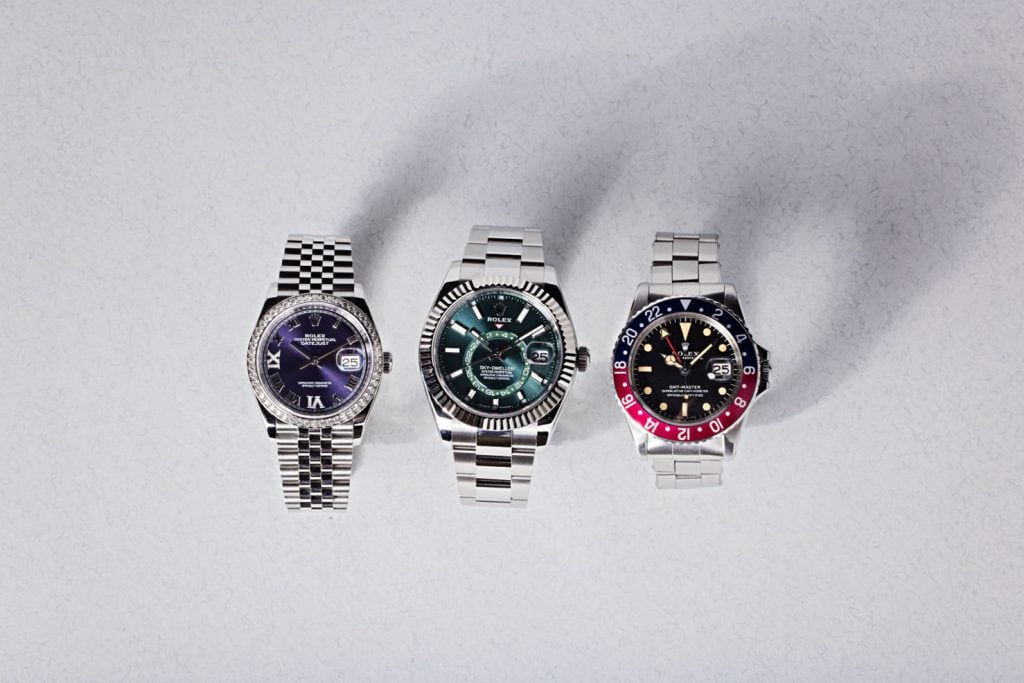
While Rolex goes to great lengths to ensure the accuracy of its timepieces, several factors can still influence the precision of any watch. Understanding these factors is crucial for owners looking to maintain the accuracy of their watches over time.
One of the main factors affecting accuracy is the type of movement used in the watch. Rolex predominantly uses mechanical movements, which rely on a complex system of gears, springs, and other components to keep time. While mechanical movements are renowned for their craftsmanship and beauty, they are also more susceptible to external factors compared to quartz movements, which use a battery and electronic oscillator to regulate timekeeping.
Read more on the common misconception around mechanical vs automatic watches.
Environmental factors such as temperature, magnetism, and shock can also impact the accuracy of a Rolex. Extreme temperatures can cause the metal components within the movement to expand or contract, affecting the watch’s overall precision. Similarly, exposure to strong magnetic fields can disrupt the delicate balance of the movement, leading to inaccuracies. Shock, such as from dropping the watch or subjecting it to intense physical activity, can also cause the movement to lose accuracy over time.
Regular maintenance and servicing play a vital role in maintaining the accuracy of a Rolex. As with any mechanical device, the components within a watch movement experience wear and tear over time. Lubricants can degrade, and parts can become misaligned or damaged. By having a Rolex serviced regularly by a qualified watchmaker, owners can ensure that their timepiece continues to perform at its best and maintains its accuracy.
While Rolex takes every precaution to minimize the impact of external factors on its watches’ accuracy, owners play an equally important role in preserving the precision of their timepieces. By understanding the factors that can affect accuracy and taking the necessary steps to mitigate them, Rolex owners can enjoy the full benefits of owning a highly accurate luxury watch.
Rolex Accuracy Standards

Rolex’s commitment to accuracy is exemplified by its adherence to the Superlative Chronometer Certification, a standard that surpasses the industry wide COSC certification. To earn the Superlative Chronometer designation, a Rolex watch must demonstrate an average daily precision of -2/+2 seconds, a more stringent requirement than the -4/+6 seconds range mandated by COSC. This certification is a testament to how accurate Rolexes are.
In addition to the COSC certification, Rolex subjects its watches to a series of internal tests that simulate real-world wear conditions. These tests ensure that each timepiece maintains exceptional accuracy not only in a controlled laboratory environment but also in real life everyday settings.
The real-world performance of Rolex watches is a testament to the brand’s dedication to precision, with many owners reporting accuracy well within the Superlative Chronometer standards. By setting a high benchmark for accuracy and consistently meeting these standards, Rolex has gone above and beyond in establishing itself as one of the best swiss watch brands.
Comparing Rolex Accuracy to Other Luxury Watch Brands

Rolex is not alone in its pursuit of accuracy, with other luxury watch brands such as Omega, Breitling, and Patek Philippe also prioritizing precision in their timepieces.
Omega, a main competitor of Rolex, adheres to COSC standards and has developed its own Co-Axial escapement technology and Master Chronometer certification to ensure high levels of accuracy. Breitling’s SuperQuartz movements and COSC-certified mechanical movements demonstrate the brand’s commitment to precision.
Patek Philippe, often considered the pinnacle of luxury watchmaking, maintains exceptional accuracy through rigorous internal testing standards and its own Patek Philippe Seal, which guarantees a minimum accuracy of -3/+2 seconds per day.
Despite the dedication to accuracy exhibited by these brands, Rolex’s Superlative Chronometer Certification and consistent real-world precision set it apart in the industry. By continuously investing in advanced technologies and upholding its reputation for accuracy, Rolex maintains its position as a leader in precision timekeeping among luxury watch brands. When comparing how accurate Rolexes are to other brands, it’s clear that Rolex stands out.
Maintaining Accuracy in Your Rolex

To ensure that your Rolex maintains its exceptional accuracy, proper care and maintenance are essential. Regular servicing by a qualified watchmaker every five to seven years is crucial for keeping your timepiece running smoothly and precisely. While Rolex servicing prices may vary depending on the model and the extent of the work required, investing in professional maintenance is key to preserving your watch’s accuracy and longevity. During a service, the movement is disassembled, cleaned, lubricated, and any worn or damaged parts are replaced.
Proper storage and handling also play a role in maintaining accuracy. Store your Rolex in a cool, dry place, away from direct sunlight and extreme temperatures. If you own a mechanical Rolex, be sure to wind it regularly to keep the mainspring properly tensioned.
Be aware of signs that your Rolex may be experiencing accuracy issues, such as significant time gain or loss, or if the watch stops running altogether. If you notice any of these issues, have your timepiece assessed by a qualified watchmaker. It’s also essential to ensure that you have an authentic Rolex, as counterfeit watches may not only have accuracy issues but also lack the quality and craftsmanship that define a true Rolex.
By taking a proactive approach to maintenance and being attentive to potential problems, you can ensure that your Rolex continues to function for many years to come and maintain the impressive accuracy that Rolexes are known for.
Read more on tips for taking care of your Rolex.






